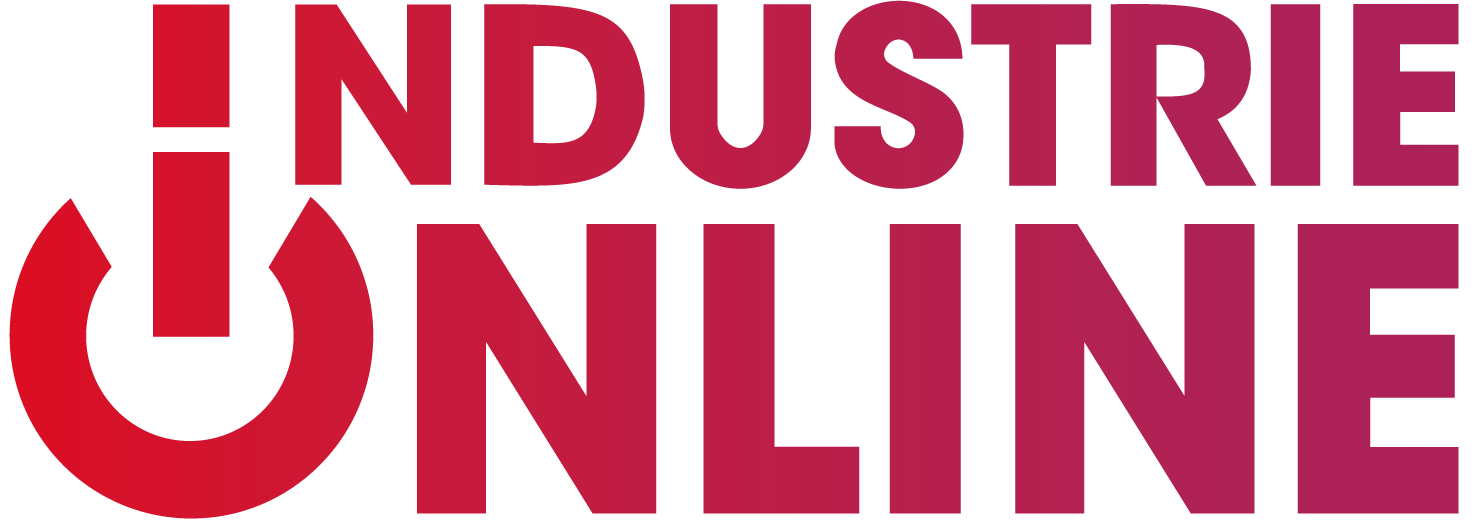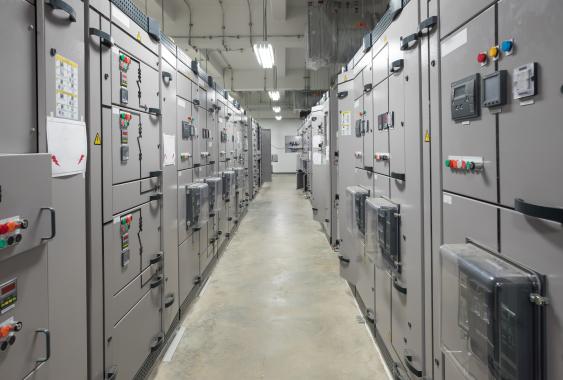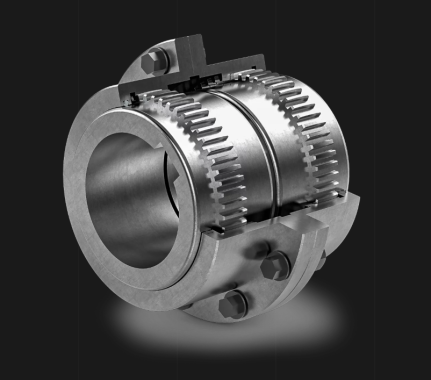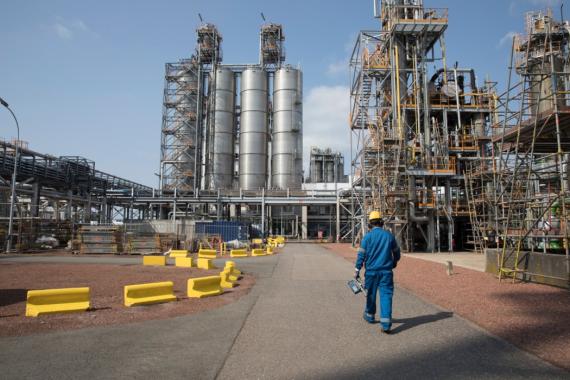Remanufacturing: An imperative for French manufacturers

In a regulatory context of climate neutrality in the EU by 2050, faced with a growing demand from users for virtuous, efficient and economically acceptable products... Remanufacturing seems to be today an essential process that manufacturers must adopt French. Régis Dando, director of the RevalueSystems agency, explains why.
“In the technical value regeneration loops of the circular economy, products can be repaired, renovated, reconditioned, remanufactured, and materials can be recycled. This model is based on the reuse of end-of-life products and components as resources for more or less structured and rigorous upgrade activities. Among these processes, remanufacturing stands out for its rigor and organization as described by Ademe in its study published in April 2023 “Remanufacturing is a rigorous and standardized industrial process allowing a used part or product to be returned to a working state. performance and functionality equivalent or even superior to that of the original and for the same use. This process allows the refurbishment of parts/products with a consistent level of quality and performance from first to last. » To fully understand the concept of remanufacturing, it is important to rely on clear semantics. Indeed, there are key words in circularity loops which are: value, value retention, regeneration and the level of performance that we will obtain. »
Can you detail these processes for us: repair, reconditioning or even remanufacturing?
These terms very clearly depend on the level of acceptability of the performance of the product concerned. Let's take an example: a cell phone's performance is degraded when the screen is just cracked, or because the glass is broken, or its battery no longer works. We can clearly see here that depending on the time frame (just after purchase or after several years) and according to their expectations in terms of performance provided by the device, the user will decide to keep it, to repair it, or even to replace. Several options will then be available to him. Either have your phone repaired by changing the screen and/or the battery without any guarantee on the lifespan of the other components. Either choose to buy a refurbished device. In this case, the device will have been taken to a specialized center, it will have been repaired, certain components that are known to be fragile will have been changed. Its performance will certainly be lower than when it was new, but its life cycle will have been extended. On the other hand, with the acquisition of a remanufactured device, the user will opt for a product which will have regained 100% of its initial performance, and which will therefore begin a new life.
How does the remanufacturing process take place and who are the different players involved in this area?
A remanufactured product will be processed in a center similar to a manufacturing plant and will pass through a specific production line. It will be completely dismantled and each component will be checked, tested and cleaned. For certain components, we will regenerate their performance, for example by reboring the chamber of a cylinder... or even by reinforcing it using a heat treatment to enable it to limit its degradation and increase its initial performance. Some components will be replaced with new ones (oil and seals for a cylinder). In general, for a remanufactured product, we manage to retain 70 to 95% of the material by weight. This remanufacturing activity can ideally be carried out by the original “OEM” manufacturer who will manage the design, manufacturing and remanufacturing. Today, companies that have a historical remanufacturing activity announce that their profits are higher than their new product activities (like Renault for example on engines and gearboxes). Remanufacturing can also be carried out by a company under contract with the manufacturer. In this context, the remanufacturer will be able to have all the technical and technological data useful for the proper conduct of the regeneration process. Finally, there are also independent remanufacturers, particularly for IT products, such as Circular Computing, an Anglo-Saxon company which today achieves excellent performance levels. To give you a few examples, today we remanufacture hospital scanners, industrial robots, tires, cable car cabins, car starters, induction tables, etc.
How is the acceleration of remanufacturing becoming essential for French manufacturers?
Remanufacturing is becoming an essential activity, supported by regulatory pressures and decrees. An emerging industry is being established to promote regenerative loops, driven by the will of managers and a strong partnership dynamic. Ademe plays a key role here by carrying out studies and disseminating essential information as companies seek to engage in this process. In public procurement calls for tender, environmental issues and carbon footprint have become crucial. Companies that do not meet these criteria will soon be excluded and lose business.
This is where Ademe's approach is fundamental, in particular by clarifying the terminologies of each regenerative process so that manufacturers know precisely what they want to aim for. Its mission is also to encourage businesses by supporting them financially in their efforts. But she's not the only one! BPI-France, for example, provides significant support by connecting stakeholders with expert consultants and offering various financial tools. To receive support, motivated leaders must first carry out a diagnosis in order to identify their priorities and establish an action plan to undertake. They will then be able to structure their strategies around key pivots in their value chain (material, transformation processes, technology, logistics, partner, etc.), then gradually implement it. Developing these regenerative activities can take time, but it is essential for the future viability of your business.
Remanufacturing has many benefits for businesses. It allows access to alternative sources of resource supply, and promotes the recovery of value, while creating new sources of profit. By reducing the environmental impact of their value chain, companies can also position themselves as responsible actors. In addition, remanufacturing stimulates the creation of new jobs and encourages the redistribution of knowledge and skills within organizations. It also offers opportunities to diversify margins and explore new markets through new offers. Finally, it makes it possible to adopt new business models, such as the functionality and cooperation economy, with offers combining products and services.
Among my clients, those who have embraced this virtuous loop are pleased to be more competitive than their competitors today. Companies that do not choose this path will, I think, be doomed to disappear.
In conclusion, our planet has its limits in the face of populations which express increasing demand... We therefore observe here a gap which we will have to face. It is therefore essential to find new models for society but also for businesses. This is an opportunity to seize the opportunities offered by value retention and resource saving such as remanufacturing.
Examples of remanufacturers:
- Ricoh : photocopiers and cartridges
- Siemens : medical equipment (hospital scanners)
- Black Star : tires - https://black-star.fr/
- Liebherr : construction machinery
- Circular Computing : computers (UK) - https://circularcomputing.com/
- Cofiem : industrial electronic cards (reconditioning and remanufacturing) - https://www.cofiem.fr/fr/
- Poma : cable car cabins
- Mob-Ion : scooters - https://www.mob-ion.fr/index.html
- Dekran : rotating machines - https://www.drekan.com/
- SKF : ball bearings
Our other news
See allJoin the largest community of industrial suppliers
- Helping you with your ongoing technology watch
- Provide you with detailed supplier statistics
- Give you international visibility
Discover the largest catalogue of industrial products on the market
- To offer you the best catalogue of industrial products on the market
- To guarantee you a 100% secure platform
- Enable you to have live remote exchanges


 Français
Français 







